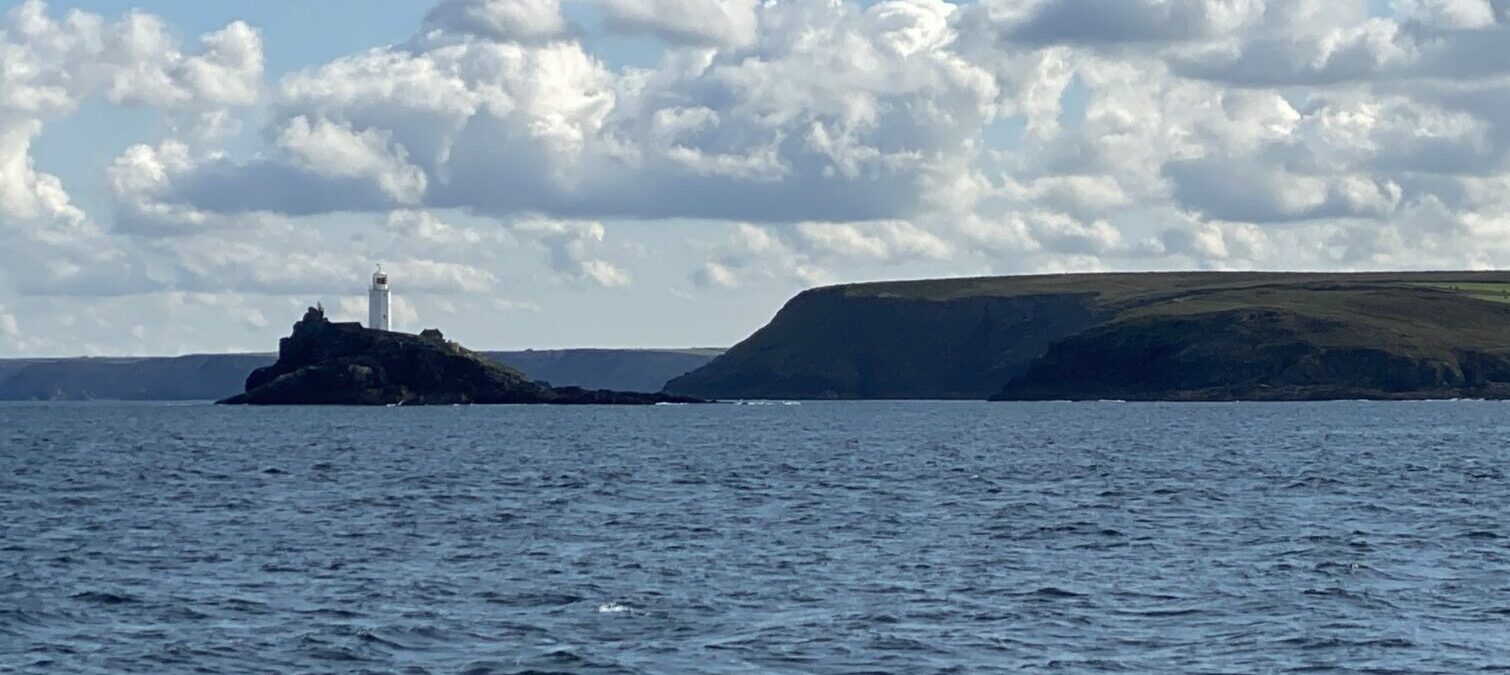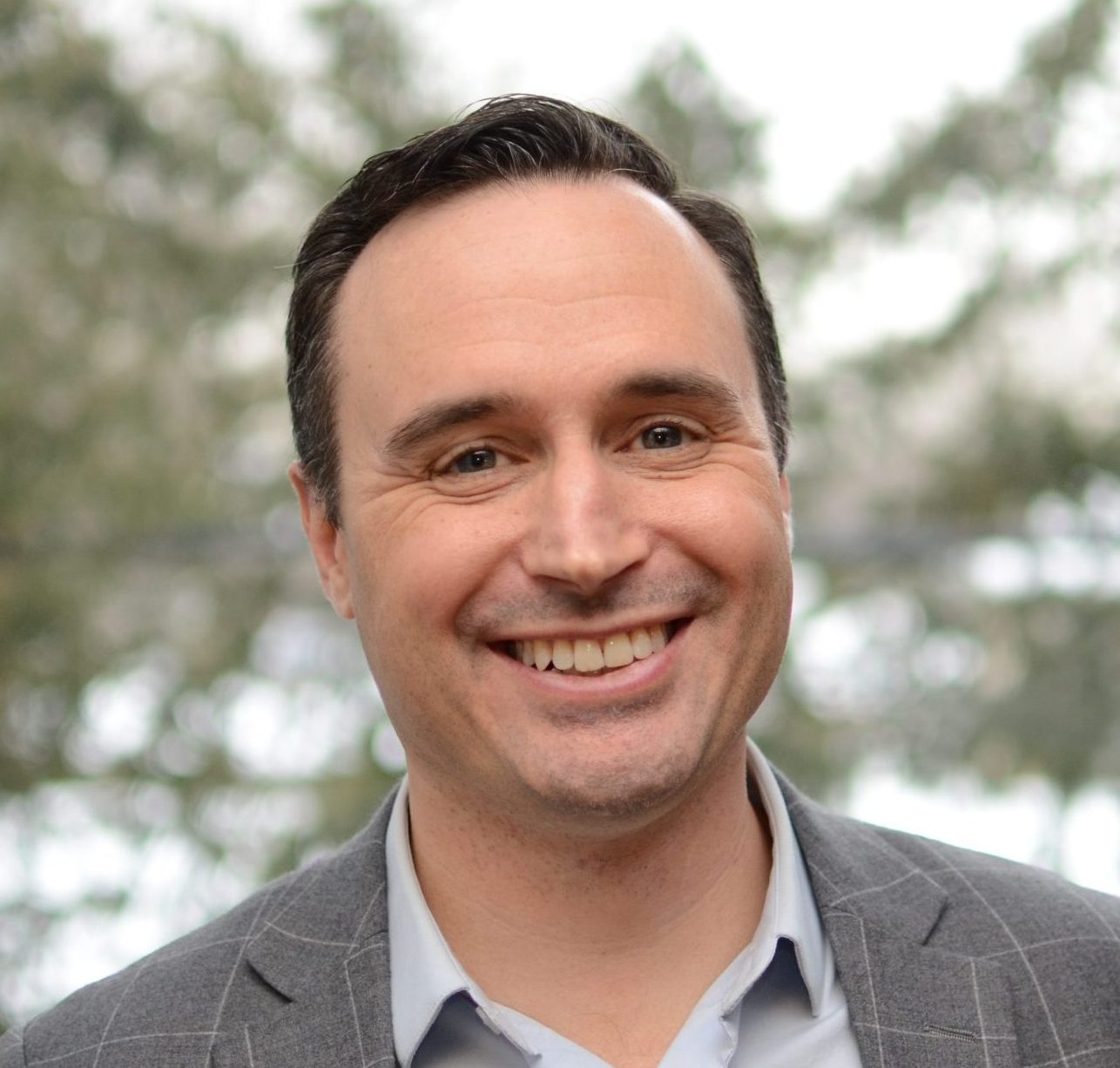The team at Planetary is grateful for the engaged participation of the Cornwall community regarding our work. The following Frequently Asked Questions (FAQs) reflect the themes of the most often raised questions or comments during our initial community outreach sessions – including some more detailed questions assembled by a self-organised group in the region.
We recognise that there are many perspectives at play in the community and aim to target our responses to the “curious and concerned citizen.” We also recognise that some groups of people (e.g., activists, scientists, etc.) may be interested in a more detailed answer or wish to explore a different facet of the topic, and we invite you to continue to reach out to us with additional questions.
For questions not specific to Cornwall’s project, please see our general FAQs about Planetary’s process.
Is Planetary conducting trials elsewhere, in addition to the proposed Cornwall trial?
+Yes, we have an active project in Halifax, Canada, a place that many of our team call home. You can read more about our Halifax project on our dedicated page here. We are beginning preparations for trials at other sites as well.
The Halifax trial started in the fall of 2023 and completed in early December, with full awareness and permission of the local regulatory groups. It was done in collaboration with local Dalhousie University. The Dalhousie role is independent of, but coordinated with Planetary’s own research program. Dalhousie’s focus includes testing for any possible ecosystem or organism impacts of the addition.
Although analyses are still ongoing, so far the data suggest that there was no unanticipated change to the ecosystem due to the trial.
Our technology has the potential to restore the ocean – by reducing acidification – and remove carbon dioxide from the atmosphere. Planetary’s vision has always been to conduct small-scale carbon removal at many suitable locations around the world.
To learn more about why the coast near St Ives Bay is perfect for our technology please read our blog post here.
We are a fishing community. What effects could this have on us?
+To orient positive/negative effects to local fishers, we must begin by taking a step back to consider the current impacts of carbon dioxide pollution in the ocean – this particular kind of pollution is called “ocean acidification”.
NOAA Fisheries has stated that “ocean acidification is literally causing a sea change that is threatening the fundamental chemical balance of ocean and coastal waters from pole to pole. For good reason, ocean acidification is sometimes called ‘osteoporosis of the sea’. Ocean acidification can create conditions that eat away at the minerals used by oysters, clams, lobsters, shrimp, coral reefs, and other marine life to build their shells and exoskeletons.”
Acidification is a grave threat to the fishing community in the UK – particularly shellfish. A recent UK Parliament Publication stated: “UK fisheries are vulnerable to acidification because of the high proportion of shellfish caught and because most of the fin and shellfish catch occurs within UK waters. These are expected to experience increasing acidification, especially around the coast. Aquaculture and inshore fisheries concentrated in coastal waters may be worst hit”.
A report by the Government Office for Science states that “… recent research has indicated that annual economic losses in the UK resulting from the effects of ocean acidification could reach US $97.1 million (GPB £74.7 million) by 2100”.
Our process is based on Ocean Alkalinity Enhancement (OAE) and has the potential to provide a direct, immediate benefit to local fishing – especially shellfish fisheries. Looking at the work done in aquaculture, we can see a good example for the business potential of alkalinity addition. In shellfish aquaculture, alkalinity similar to that used by Planetary is added to hatcheries in order to ensure yields. While the addition in a hatchery is many times more potent than Planetary’s process, since the amount of water is small compared to the alkalinity addition, the overall effect is similar. Looking further into the future, our process also helps longer-term and has the potential to create broader impacts on climate change – which causes extreme storms and weather events to reduce days at sea and marine species to experience migration due to warmer waters and lower oxygen levels.
In addition to our efforts to reduce harmful acidification, we must work hard to ensure our proposed activities do not negatively impact fishing activities in this community, or any community where we work. We feel that our monitoring plan in St. Ives achieves this, and we welcome further feedback from local experts as to how we might further bolster our efforts.

Mike Kelland
Chief Executive Officer, Co-Founder & Board MemberWhat amount of CO2 captured via this study amounts to a “success” in your view?
+It’s important to keep in mind that success for this trial is not measured solely in ‘tonnes Of CO2 captured’. In keeping with our Code of Conduct, we have a holistic approach to measuring success that includes positive climate improvement, science, transparency, and learning. In this project, we will primarily measure success along these dimensions:
- Safe operation with significant amounts of learning.
- Demonstrating that we encounter no unanticipated biological impacts via a robust and transparent monitoring plan.
- Building working relationships with all constituents involved: local, regional, and national governments, local environmental organizations, local businesses and businesspeople, partners, and local individuals.
- Removal of a small amount of CO2 (on the order of a few hundred tonnes) from the atmosphere. This objective ensures that we begin all the processes required to demonstrably have an impact on atmospheric CO2: identify and transport alkalinity with a low enough carbon footprint, create a robust MRV and measurement plan, work with an appropriate and approved verifier, register the credits appropriately to ensure no double counting, and report publicly the results of the removal efforts.

Pete Chargin
VP, Commercialisation and Community RelationsHow much MH do you need for the experiment this year?
+The total amount of MH required will be dictated by our monitoring plan and independent analysis of effluent samples as well as outfall observations.
- The initial MH volume being brought to the site will be 100 tonnes (dry weight), or five truck loads, with the capacity to add up to 450 tonnes (roughly 23 truck loads) over 90-120 days.
- The MH will be sourced through a reputable US supplier experienced in wastewater treatment pH adjustment with the additional support of UK based suppliers.
- The emissions inventory for our MH product includes a “cradle to grave” analysis starting from the MH mining site through the dosing and monitoring points (Scope 3, below), with the final step of the MH being added to the ocean to reduce atmospheric carbon.
- Embedded estimates, distances, and the emissions factors applied are audited by a third party and always represent a CO2 equivalent figure.
- Planetary follows the accounting methodologies recommended by the Greenhouse Gas (GHG) Protocol / ISO 14064-2.
The project emissions boundary/scopes include:
Scope 1
- Any onsite emissions generated from Planetary owned equipment (most of our equipment is electrically powered).
Scope 2
- Purchased/borrowed energy from the wastewater facility that comes from the UK grid/power supplier (grid emissions factor averaged).
Scope 3
- Alkaline (MH) feedstock embedded emissions.
- Embedded emissions in our pumps, hoses, tanks, electrical equipment, etc. (amortised over the supplier recommended lifespan).
- Flight, car, bus, and travel required for the project operations (including contractors and suppliers required on site).
- Any waste generated in our operations.
- Any additional capital goods (amortised over the supplier recommended lifespan).
- Any additional emissions generating services of goods used while on site.

Jason Vallis
Vice President, OperationsWhy are we only hearing about this now?
+Planetary has been in the process of identifying promising sites for carbon removals for over two years, and we began the process of community outreach in Cornwall in October of 2022. We started by engaging with government officials and public groups. This included Members of Parliament, members of Cornwall Council and their scientific staff, researchers at local universities like Exeter University and the National Oceanography Centre, members of public advocacy organisations such as Carbon Gap and Surfers Against Sewage, and members of local conservation groups such as the Cornwall Wildlife Trust.
Once we had obtained initial approval and encouragement from the local regulator to proceed, we began (in January 2023) to reach out to fishers, additional conservation groups, surfing groups and other marine groups through the Marine Liaison Group. We planned and convened our first public meetings – starting in Hayle – and publicised those meetings through radio, newspaper, a press release, and email communications to all previously engaged organisations.
Based on the questions and feedback that we’ve received so far, we’ve made adjustments to our project plans. These adjustments include increased monitoring during the trial and working with local Universities to develop longer post-trial monitoring plans.
It is never our intent to surprise anyone or to leave people out. To that end, if you would like to hear about all future public meetings and keep in touch as we make progress in this proposed project, please sign up for our dedicated Cornwall project newsletter, available on the Cornwall Project Page.
We’re always happy to receive feedback and answer questions through our direct email address as well. You can reach us at cornwall_project@planetarytech.com.

Pete Chargin
VP, Commercialisation and Community RelationsWhat are the results of the PML Applications monitoring of the September 2022 trial?
+PML Applications has provided the following summary regarding their monitoring of the September 2022 trial. PML Applications plans to submit the full paper to a scientific journal; the manuscript and corresponding data will be made available upon submission to the journal.
Read the Executive Summary here
PML Applications provides independent and impartial scientific consultancy services as the commercial subsidiary of Plymouth Marine Laboratory (PML). Planetary Technologies contracted PML Applications to monitor carbon, pH, nutrients, and suspended particulates to a) quantify CDR and b) monitor pH and suspended particulates.
What does Planetary think of the specific monitoring requirement proposed by Fahkraee et. al?
+A scientific paper on the potential impact of ocean alkalinity CDR measures on the ecology of the ocean has been recently published. It offers some fascinating results, namely that synthetic minerals have gigaton-scale potential to draw down carbon in the ocean with minimal environmental impacts, but that natural occurring alkaline minerals such as basalt are relatively ineffective and could have catastrophic implications for the ocean’s food chain and biological pump. Some have commented that if a project is planning to add a mineral to the ocean, the project should monitor how the particles respond to “marine snow” – a part of the ocean’s biological pump.
It is very unlikely that our addition of magnesium hydroxide in Cornwall will impact marine snow formation and additional accumulation on the seafloor, especially given the nature of our study, which is so small.
Given the very tiny, and likely undetectable, particle loads we will add to the seawater, it will be almost impossible for those particle loads to directly lead to formulation of marine snow, particularly at the early stages of our deployments.
We also know that the Cornish coast provides the ideal conditions for this kind of study. Because the water is shallow and turbulent – and the currents keep water near the surface for a very long time – it is very unlikely that any accumulation of MH on the seabed would occur.
Regardless, scientific integrity, transparency, and accountability are at the heart of what we do. That’s why we have an extensive monitoring program for the seafloor and sedimentation. If we identify any unusual precipitation for any reason, including marine snow, we will pause the trial and examine the situation before proceeding.
In the meantime, we will continue to work with scientists and experts around the world on researching and investigating potential interactions with marine snow and the ocean’s biological pump.

Dr. Will Burt
Chief Ocean Scientist
Community Responses
See in-depth answers addressed to specific community members’ questions.
Emailed Q&A
Questions from our community engagement sessions about our foundational science. Topics include the science underlying our OAE process, the role of Planetary’s operations in a large system, the interaction of MH with non-carbonic acids, and the discharge area.
All discussion, community questions and our responses, are included.
View PDF
Seal Research Trust’s letter
Addressing baselining, additional projects, nanomaterials, the durability of CO2 storage at high concentrations, and other topics.





